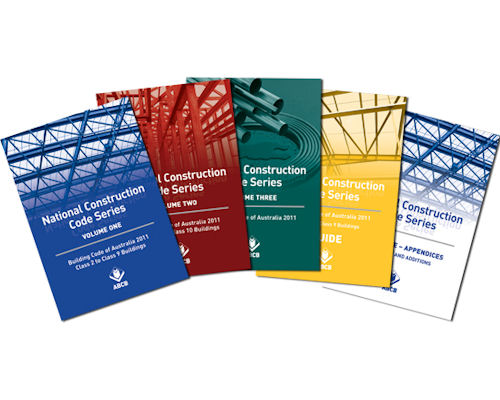Checking subfloor ventilation
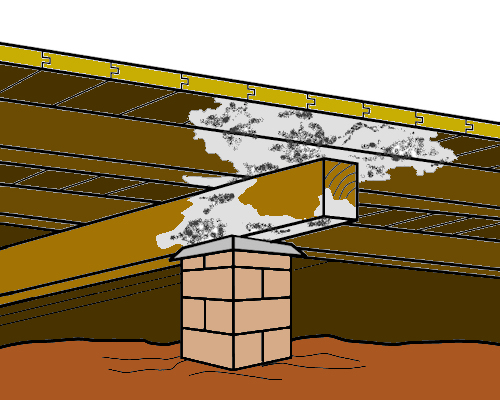 Audio for slide 1 (mp3 |6|KB)
Audio for slide 1 (mp3 |6|KB)
Moist soil and humid air under a subfloor can lead to several problems, including:
- subfloor timbers and flooring products absorbing the moisture, resulting in cupped boards and other damage as the wood fibres swell
- increased chance of termite attack, since subterranean termites prefer moist conditions
- likelihood of fungal decay in the timber, since fungal spores need a moisture content of at least 20% to thrive.

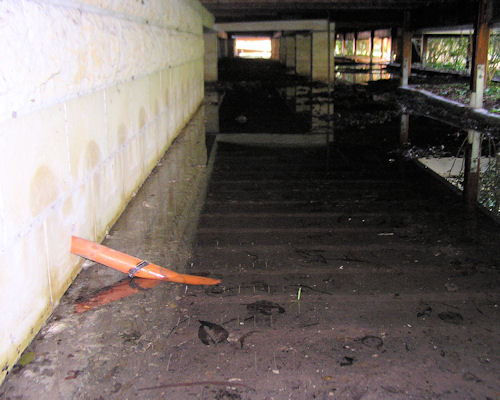 Audio for slide 2 (mp3 |6|KB)
Audio for slide 2 (mp3 |6|KB)
Some buildings have drainage problems, which allow rainwater to pool against an external wall and seep through.
Other buildings have garden beds built up against the outside wall, so that even in dry weather the moisture seeps through whenever the garden is watered.

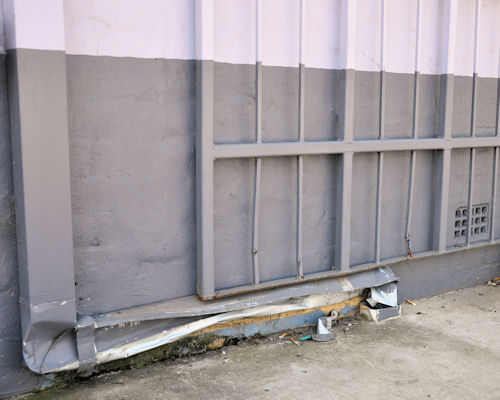 Audio for slide 3 (mp3 |6|KB)
Audio for slide 3 (mp3 |6|KB)
But that doesn't mean you won't see any problems in your inspections.
Older buildings, in particular, often have downpipes that are blocked or broken and ground levels that have changed over the years.
They're also likely to have had renovations done that blocked off subfloor air vents or changed the airflow in some way under the house.

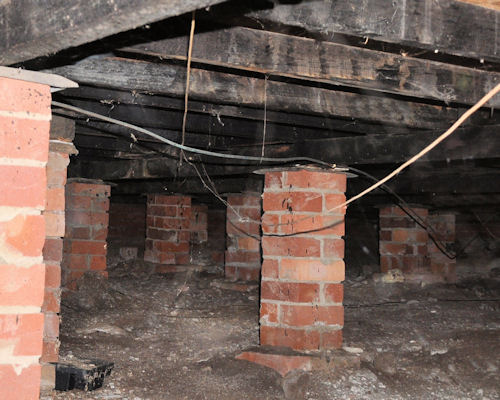 Audio for slide 4 (mp3 |6|KB)
Audio for slide 4 (mp3 |6|KB)
Australian Standards and BCA requirements
Australian Standard 3660 specifies the minimum clearance requirements between the ground and the underside of a subfloor.
This Standard is called 'Termite management' and it sets out a range of good building practices for avoiding termite attack and maintaining adequate subfloor ventilation.
Under AS 3660, the minimum clearance allowed is 400 mm, except for the last 2 metres around the perimeter, where it can slope up to 150 mm minimum clearance.

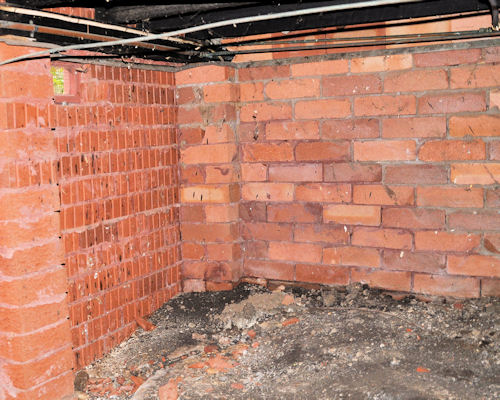 Audio for slide 5 (mp3 |6|KB)
Audio for slide 5 (mp3 |6|KB)
The open space allows the air to move freely inside the subfloor cavity.
It also enables a person to climb in and inspect the area for termites, fungal decay and other building problems.
Have a look at the Just for fun exercise for more details on these requirements.

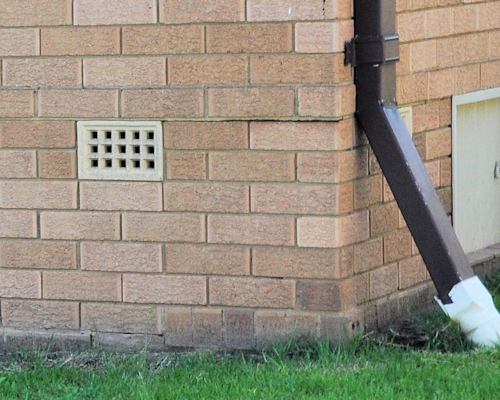 Audio for slide 6 (mp3 |6|KB)
Audio for slide 6 (mp3 |6|KB)
Their size and spacing depends on the design of the vent and the amount of air it allows through.
Terracotta vents, like this one, were once a standard feature in brick veneer dwellings.
Their problem was that the very small holes restricted the passage of air, so they have been replaced in more recent years by wire mesh vents.

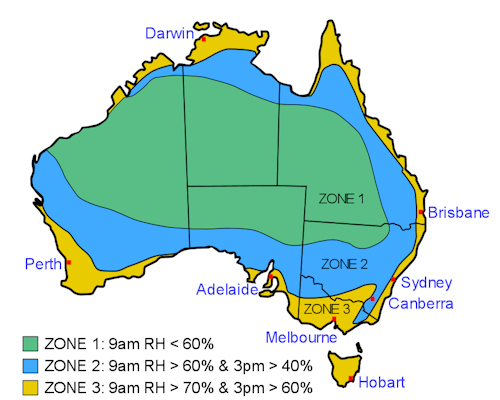 Audio for slide 8 (mp3 |6|KB)
Audio for slide 8 (mp3 |6|KB)
Minimum subfloor ventilation (mm2 / metre) (with no membrane on the ground) | |
| Climate zone | mm2 per metre of wall |
| 1 | 2000 |
| 2 | 4000 |
| 3 | 6000 |
To read the table, you need to know what climate zone the site is in and how much ventilation space is available in each vent.
You can refresh your memory on climate zones by going back to the lesson Relative humidity and moisture.

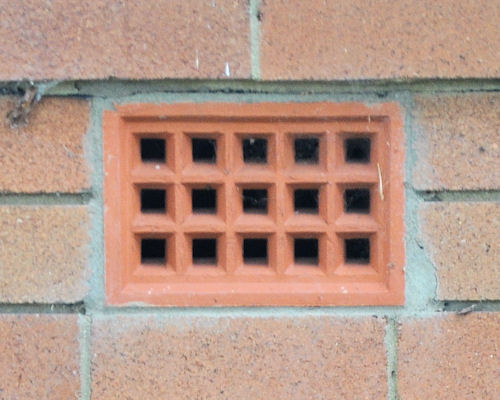 Audio for slide 9 (mp3 |6|KB)
Audio for slide 9 (mp3 |6|KB)
But for the sake of the exercise, let's work it out mathematically for the terracotta vent shown in this photo.
If you put a tape measure on the individual holes in the vent, you'll find that they measure 16 mm x 16 mm.
There are 15 holes in total, so the ventilation area is:
16 mm x 16 mm x 15 holes = 3,840 mm2.

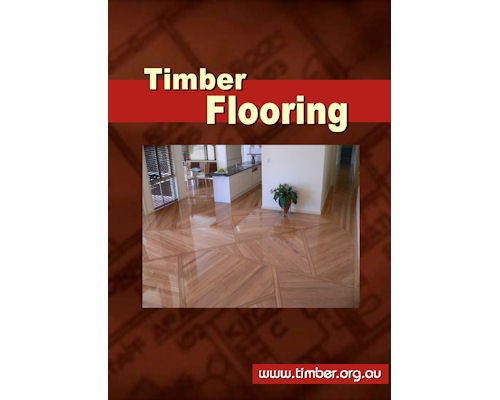 Audio for slide 11 (mp3 |6|KB)
Audio for slide 11 (mp3 |6|KB)
A note of caution
It's important to note that the BCA table is only designed to show the minimum ventilation requirements for subfloor framing timbers.
It's not necessarily going to provide enough ventilation for a tongue and groove timber floor, especially if it's in a very humid area.
For more information on the variables that apply to these figures, have a look at the booklet published by the Australian Timber Flooring Association (ATFA) called 'Timber Flooring'.
You can buy a copy of Timber Flooring direct from ATFA by ordering it through their website at: http://www.atfa.com.au. If you are an apprentice or trainee, you can join ATFA for free as a member and get a free copy of this manual at the same time. For more information, go to the Join ATFA page of their website.

Learning activity
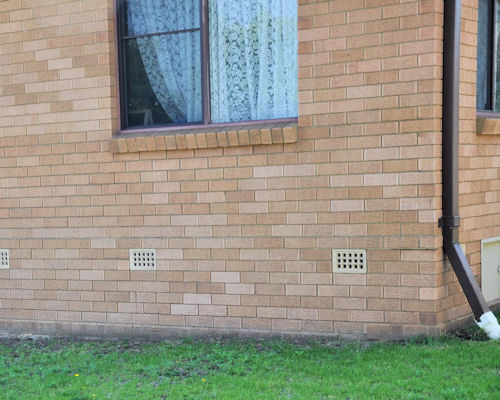 Audio for slide 12 (mp3 |6|KB)
Audio for slide 12 (mp3 |6|KB)
See if you can calculate the number of vents needed in a wall. Let's say you're inspecting a building in Climate Zone 2 and the subfloor walls have wire mesh air vents. The wall is 12 metres long, and the opening size of each vent is 14,200 mm2.
How many vents are needed?
When you've finished the calculations, check the answer with your trainer to see if you're right.
Note that there are many different designs and styles of subfloor air vents. What types of vents are used in the building you're in right now? Go outside and have a look. If you're not in a building that has a raised floor, see if you can find a nearby building with subfloor air vents.






